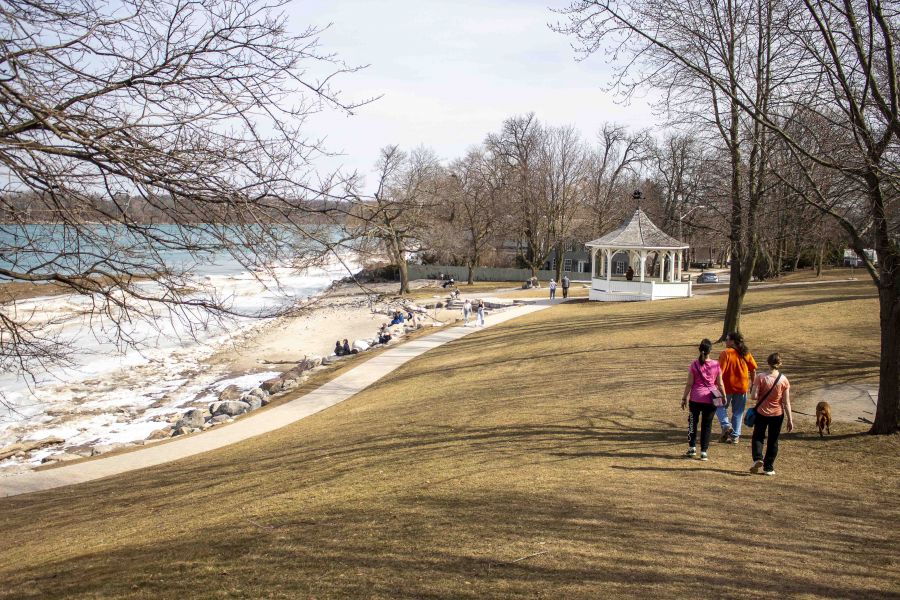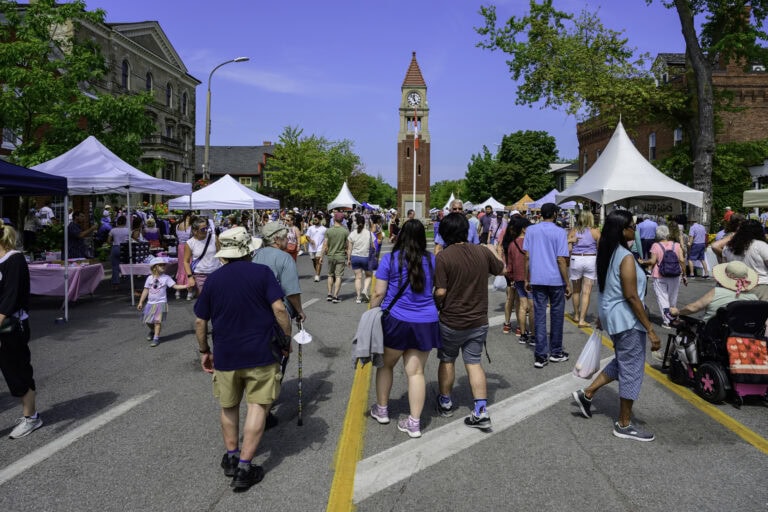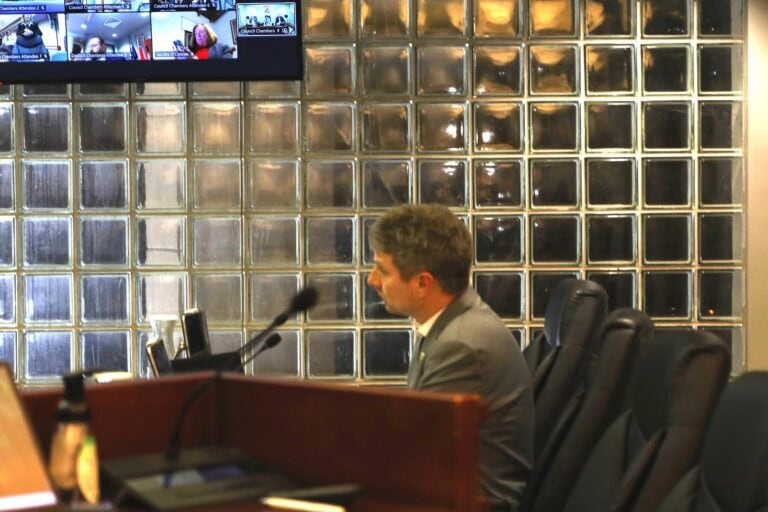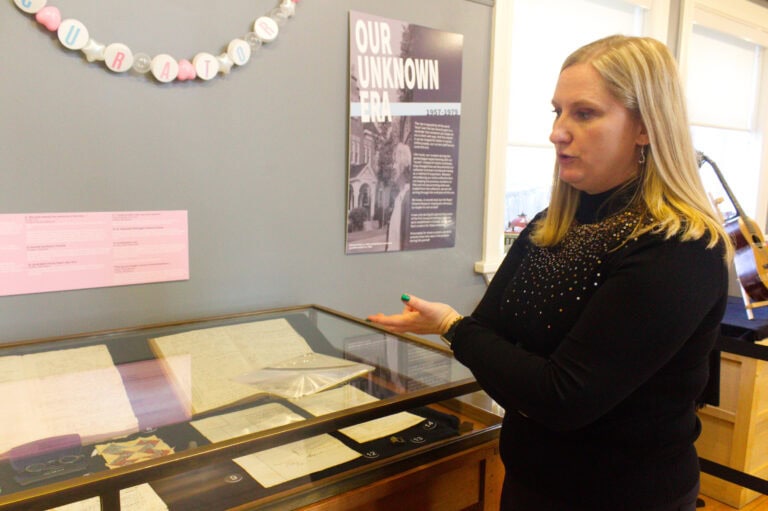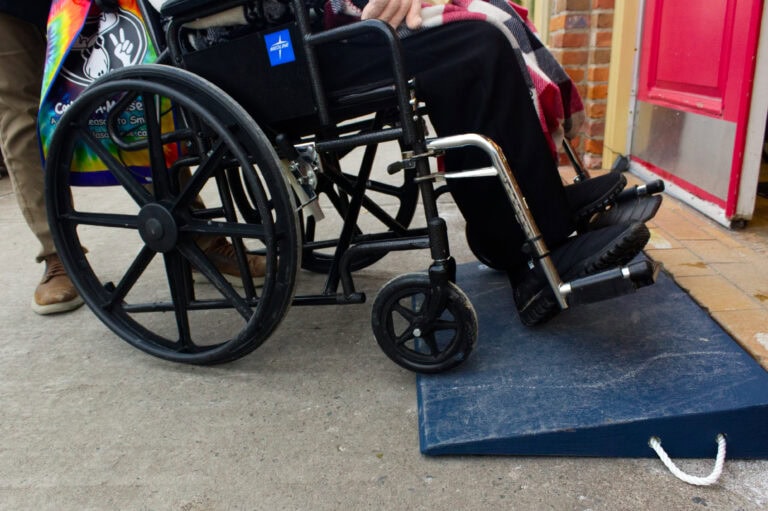Niagara's chief medical officer of health has consistently warned that COVID-19 variants are likely to climb based on federal and provincial estimations – and that the province shouldn't have reopened early.
Now Niagara is starting to see those variant cases rise, just as Dr. Mustafa Hirji and other scientific experts predicted.
Two weeks ago Niagara public health had confirmed six cases of the variant in Niagara. As of Wednesday, 82 variant cases had been recorded in the region, up from 40 a week earlier. Niagara-on-the-Lake had nine active COVID cases but it is not known if any are variants.
“Over 30 per cent of our cases in the province are now variant cases and (it's) heading towards reaching a point where they perhaps start to dominate,” Hirji told a media conference Monday.
He said the growth in variant cases, mainly the B.1.1.7 variant originally discovered in the U.K., is “really tracking what we're seeing in other countries around the world” as variant cases start to climb globally.
“And I showed in previous weeks, the U.K., Netherlands had huge third waves linked to variant cases. And we may be on that trajectory,” Hirji said.
He said the province's science table advisers have predicted next week variant cases will make up 40 per cent of all COVID-19 cases.
“And that'll probably continue to grow from there,” he said, adding variants will soon be the dominant number of cases.
As those variant cases climb, non-variant cases are beginning to come down provincially, Hirji said.
However in Niagara, both cases of variants and non-variants are rising.
Similar to the provincial numbers, Niagara's variant cases make up about 30 per cent of all cases, Hirji said.
“So even without the variants, it looks like cases are starting to go up here in Niagara. So obviously, that's not a good trend to have.”
He said it's likely cases are rising because of Niagara's quick reopening, which he had warned was too soon.
“More people are going outside of their home, recreating, shopping with retail open again. And that, of course, is likely leading to more interpersonal interactions and more chance of infection spreading. That's probably partly a driver of why we're seeing those cases go up.”
More people were staying home during the lockdown “and that seems to have deteriorated again.”
Other public health regions are seeing similar patterns, he said.
The big concern is that if cases start to rise rapidly, “the proportion of five per cent or so who are going to need ICU care or that 15 to 20 per cent who might need hospital care will start to be taken from a larger number of overall cases.”
He said hospitalizations came down after the first wave in 2020, but have not fallen significantly since the second lockdown.
“It's come down and flattened out, but we never really brought it back down to a low level. So if we do unfortunately end up with a third wave, we would be starting from a point where hospitalizations, ICU occupancy is already pretty high,” Hirji said.
“And that is going to I think be a concern in terms of the pressure on our health care system, and does make it more likely that the province would be forced to have a third lockdown in order to make sure our health care system doesn't become completely overwhelmed.”
He reiterated what he's been saying for weeks: people need to continue to stay home except for essential reasons and to stay six feet apart.
The one saving grace that could protect people is vaccinations, he noted.
While people over 80 are next on the list for vaccines, most hospitalizations are among people in the 60 to 79 age bracket, as well as a “big chunk” of people in their 40s and 50s.
“We're in a race to get vaccines into arms,” he said, adding it's going to be a while still before those most at risk of hospitalization are immunized.
“I don't know vaccination is going to be enough to get us to the point where we can avoid seeing a surge of hospitalizations.”
The “good news” is deaths are coming down, as most deaths were among long-term care residents, who have now been vaccinated.
That might mean “when we go through that third wave, we won't see the really terrible number of people passing away,” Hirji said.
The main goal is to speed up vaccinations and he said there are a couple of ways that could happen.
First, he said, is that more vaccines have now been approved by Health Canada, including those from Johnson & Johnson and AstraZeneca.
He said he's hearing vaccine shipments will start to increase by the end of March.
As well, “we are stretching out second doses of vaccines later than they previously were. So instead of giving that second dose three to four weeks later, it'll now be four months later, which means that three weeks from now, people who would be getting their second dose won't get it, and those doses can actually go into new people to give them their first dose of protection,”
He hopes that means people can get their first vaccine shot twice as quickly.
The initial doses have proven to be extremely effective and Hirji hopes regional clinics across Niagara will be “up and running” by March 22.
The province's registration system for vaccines is supposed to open March 15, and people over 80 can start to book their vaccinations.
Because Niagara has been labelled one of 13 “hotspots” for COVID-19 in the province, the region should be getting more vaccines, he said. In December and January, Niagara wasn't considered a hot spot, which contributed to vaccines being delayed, he added.
Public health is continuing to vaccinate health care workers this week, as well as the Indigenous community and people in retirement homes.
Identified hotspot areas in Niagara that will be prioritized, including homeless shelters and the agricultural sector.
He said while there's “been some chatter” about Niagara being behind in receiving vaccines, in reality, the region is “keeping pace” with other areas.
As far as delivering vaccines, he said Niagara is “actually a little bit above the provincial average.”
What makes Niagara seem like it's having a slower rollout is the high number of seniors and people in long-term care homes, he said.
“The big story though, to me, around vaccinations, I think goes back to the threat of variants and whether we'll be able to get enough vaccine and be able to deliver it fast enough that we can get ahead of this curve,” he said.
He urged people to continue to stay home other than for essential purposes, “really only for another couple months” while the vaccines are rolled out.
“By the time you get to summer, those vaccines will make sure that we don't see this kind of increase, and we can be past the risk of any sort of third wave.”



